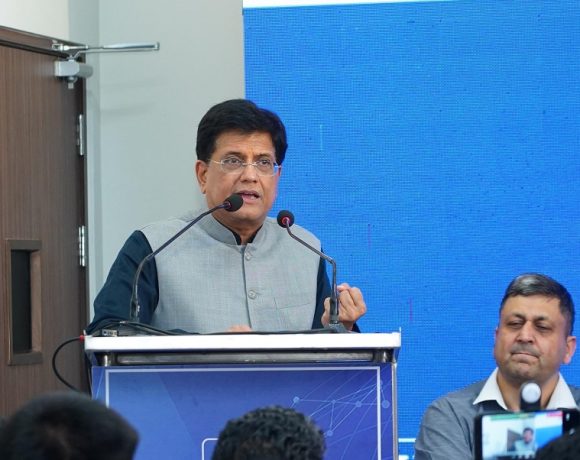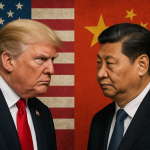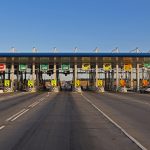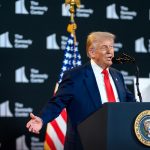
Apple to Invest $100 Billion in US Manufacturing: Trump
U.S. President Donald Trump has announced that Apple will invest an additional $100 billion in domestic manufacturing facilities over the next five years. The announcement was made during a campaign speech, where Trump emphasized that the investment is part of his effort to bring back American jobs and reduce dependency on foreign supply chains.
According to Trump, the investment will go toward expanding Apple’s manufacturing footprint across multiple U.S. states, with a focus on semiconductors, assembly units, and component production. If confirmed, this would mark Apple’s largest-ever domestic investment commitment.
Apple Yet to Confirm Details Publicly
While Trump made the announcement publicly, Apple has not yet released an official statement confirming the $100 billion figure. However, the company has previously shown interest in expanding its U.S. operations. It currently operates a major campus in Austin, Texas, and has ongoing projects related to chip design and manufacturing partnerships in the United States.
Industry insiders say Apple is exploring increased local sourcing for components and may be seeking incentives under the U.S. CHIPS and Science Act to boost domestic semiconductor production.
Strategic Shift Amid Rising Tariff Tensions
The announcement comes at a time when the U.S. is seeing heightened trade tensions with countries like China and new proposals for steep tariffs on imports. Trump has threatened 100% tariffs on foreign-made computer chips unless companies like Apple increase domestic production. Apple’s move, if confirmed, may be seen as a response to those pressures and an attempt to hedge against future supply chain disruptions.
The investment is also expected to create thousands of skilled jobs in the U.S. tech sector and could include partnerships with American contract manufacturers and chip fabrication firms.
While some analysts remain cautious, citing a lack of details from Apple, others see the announcement as a sign of renewed interest in building robust U.S.-based tech infrastructure.


















